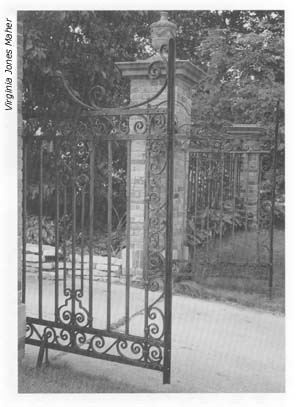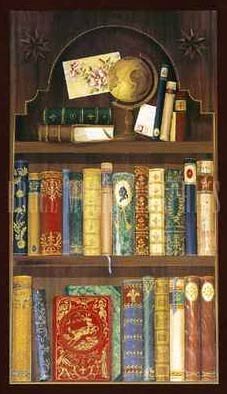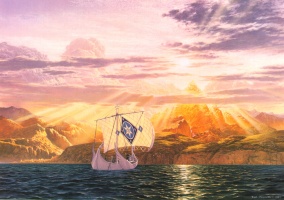
I. INTRODUCTION
1.1 Fantasy
1.1.a Concept and approaches
1.1.b Examples
1.2 Science Fiction
1.2.a Concept and approaches
1.2.b Examples
3. Previous Considerations of the Influences
3.1 Myth and Literature
3.2 Life, War and History

1. Some Notes about Language
2. Problems with Literary Bulk2.1.a The World of Faërie
2.1.b Folk Tales2.2.a Norse & English Mythological Heritage
3.1 Interaction and the Ring
4. Jules Verne, the Man Who Foresaw Tolkien
4.1 Runes to Ruin
4.2 Isengard and the Stahlstadt
4.3 Volcano Divers
III. MYTHOLOGY, RELIGION AND LITERATURE
1. Aragorn and the Arthurian Myth.
1.1 Some Mythological and Literary Similarities: Aragorn, Ivanhoe, Arthur & Odysseus
1.2 A Little Note on the Origins and Nature of King Arthur.2.1 Self-interested or Deliverer of Fate?
2.2 The Importance of a Good Advice: A God or a Liar?3. Frodo Baggins: the Martyr and the Soldier.
3.1 The Literary Character
3.2 The Character on the Screen
4. Gollum. A Forgiven Fallen or the most useful Madman in Literature ever?
4.1 The Original Gollum
4.2 Insanity, Invisibility and Alter-ego4.3 Saints and Sinners: A Selfish Monster
5. Sauron & Saruman. Biting the apple of knowledge.
6. Elves & Tuatha De Danann. Greek and Celtic Mythology in Tolkien.6.1 Who are the Elves?
6.2 Of Heaven

IV. TOLKIEN, WAR, HISTORY AND THE LORD OF THE RINGS
1. Fulfilling an oath at the Pelennor Fields.
2. Hitler, Saruman, Churchill, Aragorn & Gandalf2.1. The Power of Image
2.2. The Power of Speech2.2.a Discouraging and Fooling the Enemy
2.2.b Being Realistic and Encouraging the Faint-hearted
2.3. Banners and Symbols
3. Enemies of the Free Peoples of Middle-Earth or historical enemies of Western Europe?
3.1. Easterlings, Roman Soldiers and Samurai Warriors
3.2. Haradrim and Southrons
3.3. Riders and Oliphaunts

V. CONCLUSION
1. About Literary Genres
2. Plot, Meaning and Structure of the Text3. Conclusions from Literary Criticism
3.1 Life and War
3.2 The Author and the Text
VI. BIBLIOGRAPHY